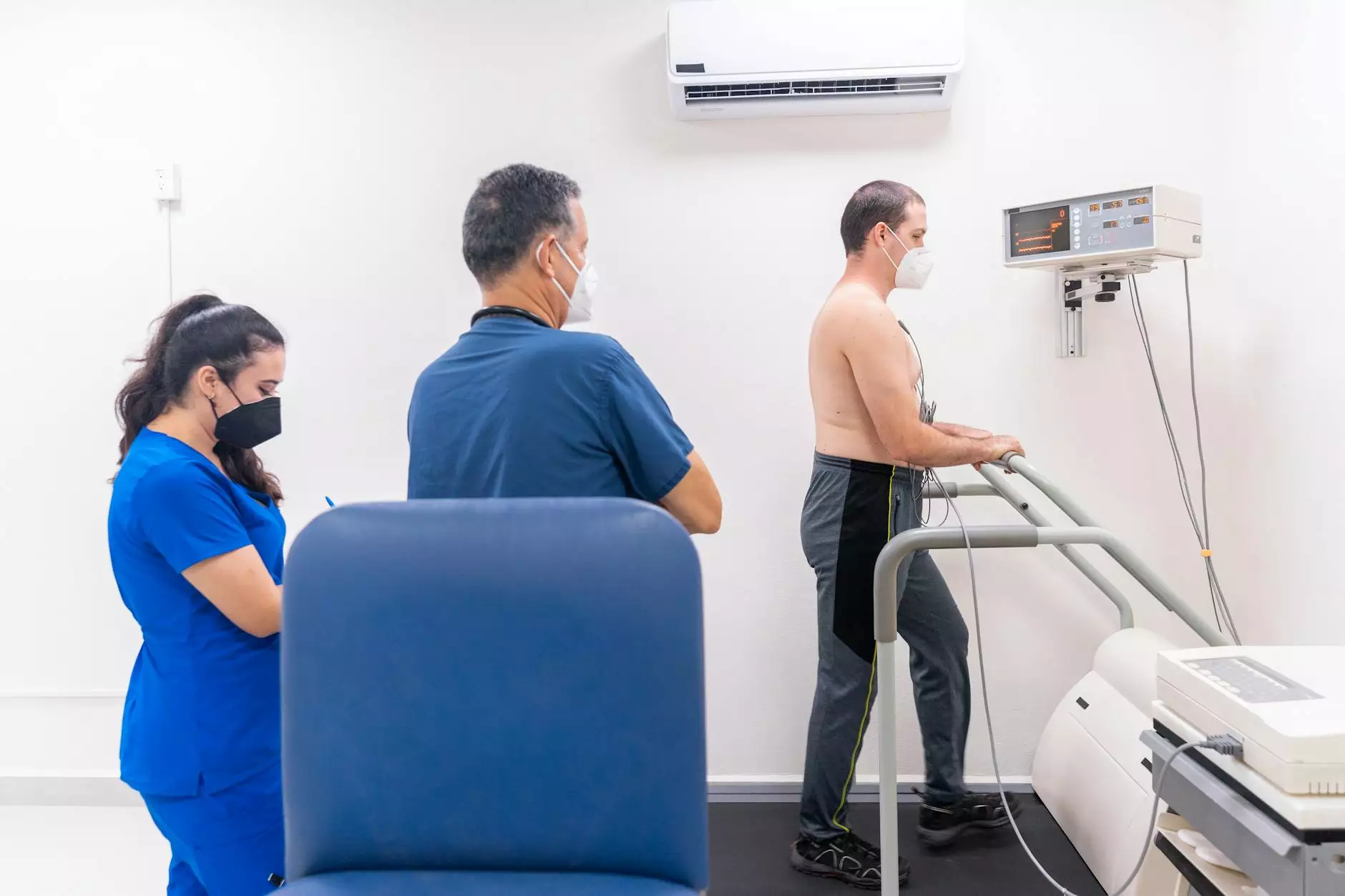Leg Pain and Heart Health: How Are They Related?

The Connection Between Leg Pain and Heart Health
Leg pain can sometimes be a symptom of an underlying heart problem. While not all leg pain indicates heart issues, it is essential to understand the potential connection and seek medical attention when necessary.
Leg pain caused by heart problems is often referred to as vascular claudication. It occurs when there is reduced blood flow to the legs due to narrowed arteries, commonly caused by a condition called peripheral artery disease (PAD). PAD is a cardiovascular disease that affects the blood vessels outside the heart and brain.
Understanding Peripheral Artery Disease (PAD)
Peripheral artery disease (PAD) is a common condition that affects millions of individuals worldwide. It occurs when plaque builds up in the arteries, leading to narrowing and reduced blood flow. While PAD most commonly affects the arteries in the legs, it can also impact the arteries in the arms, stomach, and head.
Recognizing the Symptoms
The symptoms of PAD can vary from person to person, but they often include:
- Leg pain or cramping, especially during physical activity
- Weakness or numbness in the legs
- Coldness or discoloration of the legs or feet
- Slow-healing sores on the legs, feet, or toes
- Changes in leg hair growth
- Weakened pulse in the legs or feet
If you are experiencing any of these symptoms, it is crucial to consult with a healthcare professional. They can properly diagnose the underlying cause and recommend suitable treatment options.
Why Early Detection and Treatment are Important
Early detection and treatment of peripheral artery disease are vital to prevent complications and improve overall heart health. PAD is closely linked to an increased risk of heart attack and stroke. When left untreated, the condition can lead to severe complications, including limb amputation.
At Bay Regional Medical Center, we understand the significance of timely intervention and personalized care. Our experienced healthcare providers specialize in diagnosing and treating cardiovascular diseases, including PAD. We offer a range of advanced diagnostic tests and innovative treatment options to meet our patients' specific needs.
Treatment Options for PAD
The treatment approach for PAD depends on various factors, including the severity of the condition and individual patient characteristics. Some common treatment options include:
1. Lifestyle Changes
Adopting a healthy lifestyle can significantly improve symptoms and overall heart health. Healthcare professionals may recommend:
- Quitting smoking
- Maintaining a balanced diet
- Engaging in regular exercise
- Managing blood pressure and cholesterol levels
- Controlling diabetes, if present
2. Medications
In some cases, medications may be prescribed to manage symptoms and reduce the risk of complications. Medications may include:
- Antiplatelet drugs
- Cholesterol-lowering medications
- Blood pressure medications
- Pain relievers
3. Procedures and Surgeries
In more severe cases, procedures or surgeries may be required to improve blood flow. Some options include:
- Angioplasty: A procedure to widen the narrowed arteries
- Stent placement: Inserting a small wire mesh tube to keep the artery open
- Bypass surgery: Creating a detour around the blocked artery
Trust Bay Regional Medical Center for Heart Health
At Bay Regional Medical Center, we prioritize the cardiovascular health of our patients. Our team of dedicated specialists works tirelessly to provide cutting-edge treatments, compassionate care, and support throughout the entire journey.
If you have leg pain or suspect an underlying heart issue, don't delay seeking medical attention. Contact Bay Regional Medical Center today to schedule an appointment or consultation with our experienced healthcare professionals. Together, we can ensure optimal heart health and overall well-being.




